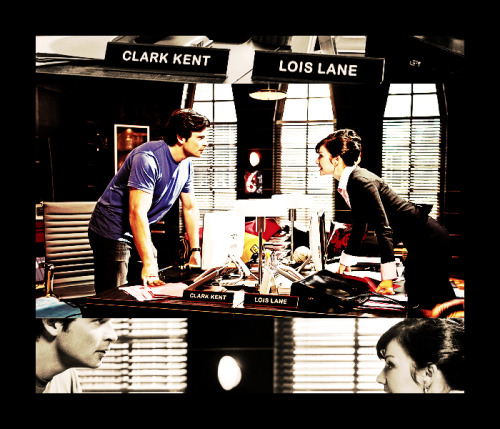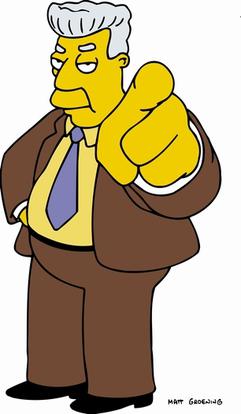
The August 31, 1946 issue of the New Yorker magazine featured just one article.
It had never happened before in the magazine’s history and it has never happened since. A 31,000 word article written by American writer John Hersey that chronicled the day an atomic bomb was dropped on the Japanese city, Hiroshima, as well as a detailed look at the aftermath. The article follows six citizens of the city and takes us through their daily lives, including what they were doing the exact moment the bomb hit, and how all six of them dealt with the after-effects of the bomb. And Hersey’s article made an immediate impact. The issue of the magazine was sold out around newsstands within hours and there were many requests for reprints. Even radio jumped on board, and the ABC radio network pre-empted regular programming to broadcast the text in four 30-minute programs. Other radio stations around the United States soon did the same thing.
A big reason why I think this article was so successful was the way that Hersey relayed the information to the readers. In an objective and non-judgmental way, he just reported the facts. And, frankly, the facts were good enough to make this story jarring and unforgettable. Another effective way that Hersey made this story successful was that he portrayed the Japanese people as just straight up human-beings. You have to remember, in the mid to late ‘40s, the Americans just thought of the Japanese as the enemy. They didn’t care that the Japanese people had families, ran businesses, lived an everyday life. They were an enemy of war, let’s go after them. So imagine an American reader in the 1940’s picking this up and realizing “Wow, they’re actually just like us.”
For once, the American perspective had been missing from a World War II piece of work. And for myself, this wasn’t a bad thing at all. Like many of those American citizens in the 1940s, all I have heard is the American side of things. Watching the documentaries on the American stations like I have, and reading the books published in America like I have, I’ve always heard one side of the story. Reading Hiroshima, I obviously gained another perspective. So to say this book had an effect on me is an understatement. It shocked me. Hearing these frightening stories of the Japanese trying to survive after the devastation of this atomic bomb is pretty eye-opening. And this had to have been Hersey’s goal when writing this article and judging from the popularity of the article, it seemed to have worked.
The obvious thing that journalists can learn from this book is that the more research done, the more effective the piece of work will be. We don’t know the exact amount of time put into this article by Hersey, but no doubt it took him months and months to get all this information. It also points to the fact that journalists must have a strong stomach to do their job. Hersey did countless interviews in Hiroshima and probably had to hear the gory details over and over again. Situations like this pop up in journalism all the time. Not events of the Hiroshima calibre, but events like murders, stabbings, and other tragic stories that sometimes feature detail that can be too much for someone to handle. Journalists have to throw their emotions out the window when it comes to this stuff. You’re there to report what is happening. It may not be easy, but it’s what you’re paid to do. Give a huge amount of credit to Hersey for doing this.
I guess I could compare Hiroshima to many of the 9/11 survivor stories that I’ve read and documentaries that I’ve watched. Just like the Hiroshima survivors, the 9/11 survivors at the World Trade Center went above and beyond to help those in need. It’s basically the many little stories behind the big stories, in this case, the big story of 9/11 and the little stories of all the survivors. A specific example of a documentary I can think of is one about Brian Clark, a survivor from the South Tower, who tells the entire story of his journey from the time the plane hit, to the time the tower collapsed. This documentary is told by Clark in his own words, unlike Hiroshima, but it’s still a “behind the scenes” look at a disaster.
John Hersey set out to create an article that informed the people of the United States, and the Western Hemsiphere, of what actually was going on in Japan. And as a result of great journalistic technique, and other great writing characteristics, Hersey created a masterpiece.






